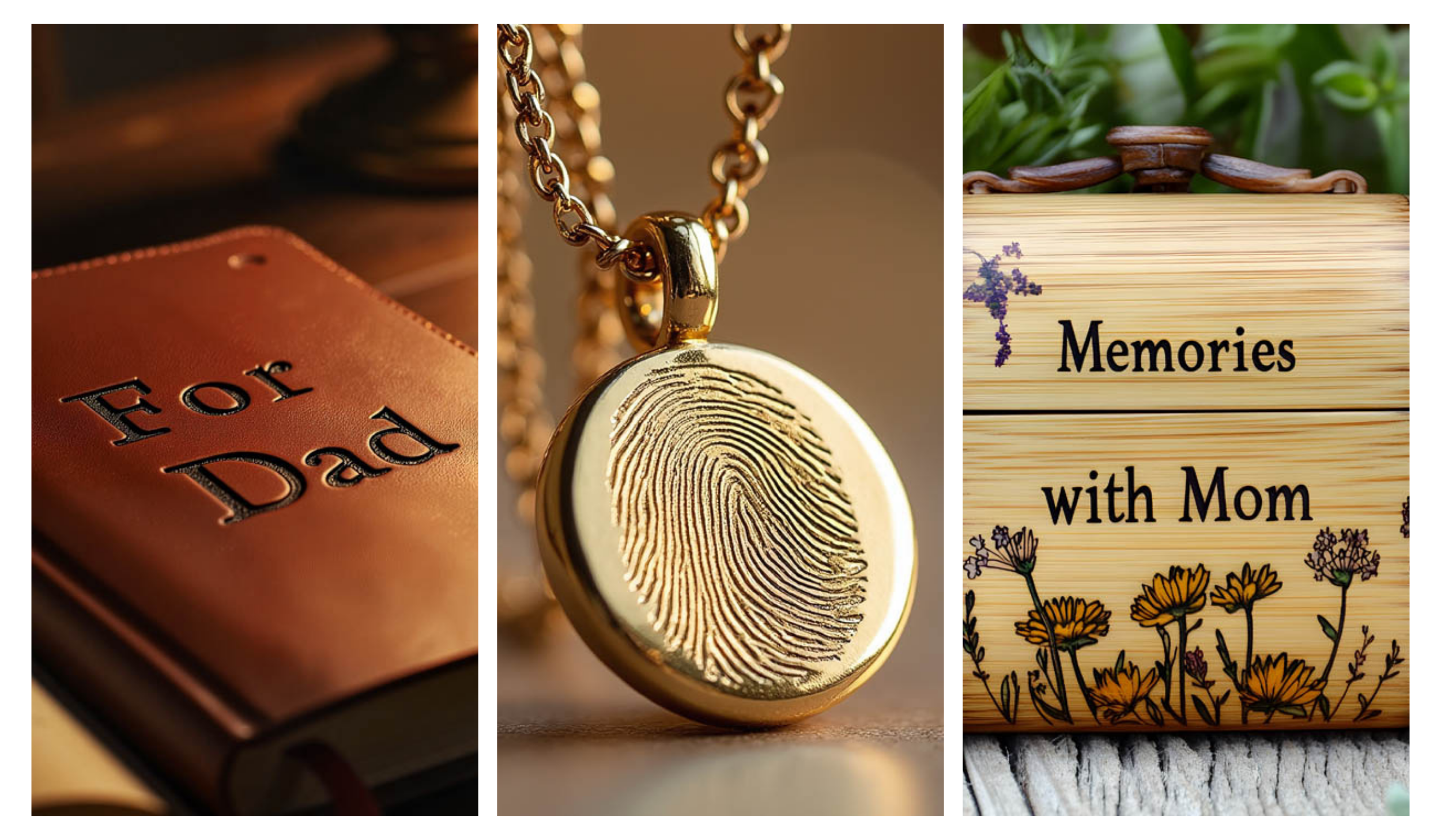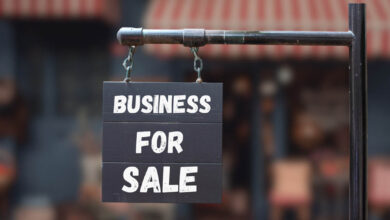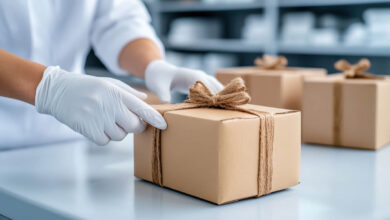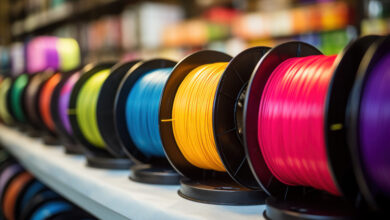Some gifts fade into the background, others end up in the landfill, while others become part of a story people tell for years. Personalized gifts belong to the last group, and people rarely part with something personal to them, which brings more value to that product. A name on a keychain is one thing, but something that taps into shared memories or inside jokes carries a deeper meaning and larger price.
A product decorator once told me about a gift they had made for their father which was a simple wooden sign laser-engraved with a phrase he used to say when tucking them into bed. The moment he opened it, there were tears. Not just because it was customized, but because it held a piece of their relationship in it. That’s the power of a well-thought-out gift. Tapping into that is the difference between a “thing” and a story that is worth having regardless of the economic climate.
The magic of shared memories
Personalization isn’t just about adding a name to an item. While that can certainly be a good start, it is still about telling the story. The most meaningful gifts bring back a specific moment, a connection, or a shared experience. It’s the difference between printing a generic message on a mug versus engraving a favorite saying that only makes sense to the people involved.
For example, a couple celebrating 50 years together might not need another wine glass set, but if those glasses are etched with lyrics from their wedding song, the value changes completely. Parents receiving a cutting board with a handwritten recipe from a grandparent see it as more than kitchenware and instead more of a piece of family history.
The point is, to put yourself in your customer’s or potential customer’s shoes and think about how much you are willing to pay for the latter part of the examples. After spending 50 years together, most couples have plenty of stuff, including wine glass sets. They probably would not pay more than they would for a decent set at a local retail outlet.
But my wife and I have been together for 12 years, and an opportunity to remind her of why we fell in love and to bring a spark back from our wedding day is hard to put a value on. If I were in the market for that and you as the decorator made it easy for me to buy the gift and gave me some assurances that the quality would be top-notch, I’m sure I would be willing to pay double what I might pay for blank ones. Once we get to 50 years, those reminders will be so much more valuable.

Thoughtful gifts bring customers back
Businesses that offer personalized products have an edge: they help customers give gifts that mean something. And when a gift lands the right way, the person giving it feels just as good as the one receiving it. That feeling is what makes them return. The best way to encourage this isn’t through discounts or promotions but by ensuring that every purchase feels like a personal experience. A small business that includes a handwritten note to the gift recipient from the gift giver or carefully wraps each order creates an extra layer of appreciation. People remember those details and share them with others.
A big part of customer loyalty and gaining repeat business is reducing friction. That friction could be remembering where they got that gift. Our brains operate on stories and if the gift has created a new story for them, they will rarely forget your part in the story. You’re not giving them a reason to go elsewhere. And that is why the next part is crucial.
Smart customization without overload
Part of reducing friction is making the original process easy, fun, and seamless by clearly defining expectations, meeting those expectations, and making the buying process as simple as possible. Giving customers too many choices can backfire. If someone has to pick from 30 fonts, 50 colors, and endless design options, they’re more likely to abandon the process altogether. If it feels difficult or too time-consuming, they might buy it once because they must have it or they need that gift, but their brain will be on the lookout for alternatives. A well-curated selection helps them make decisions quickly without feeling overwhelmed.
Showcasing real examples is one of the easiest ways to guide customers. A display with previous projects sparks ideas, making the process smoother. When people see how others have customized an item, they start picturing their own version instead of feeling lost in too many possibilities. Also, the buying process doesn’t need to be complicated or highly technical.
Yes, there are tools, software, and e-commerce platforms that could make it simple, but if that overcomplicates it for you, you won’t sell it. Just think, how can you make it easy? Can you be the expert and help them with the design, layout, or even ideas? Let go of the thought that you are offering a “thing” and focus on the service you are offering. In this case that service could very well be curating and participating in creating their perfect personalized gift. There is value that people are willing to pay for, so charge accordingly.
The best way to market personalization
Customers need to see the emotional impact of personalized gifts before they even make a purchase. Social media is one of the best ways to show this. A video of someone unwrapping a gift with a heartfelt reaction is worth more than any ad. Behind-the-scenes footage of the production process builds anticipation and trust.
Live demonstrations at events or pop-up shops also help. Watching something being engraved or a design pressed onto fabric in real-time makes the experience feel special. Customers who see it happen are more likely to buy because they feel a part of the process. Again, this all goes back to removing the focus from your part of the business and the product and focusing on the service. Why will your customers care and what is in it for them? We all want to be a thoughtful gift giver and paying for that is worth it to many people.
Pricing personalization correctly
One mistake small businesses make is underpricing their customization services. Personalization takes extra time, skill, and customer care to really hit this market. I have tried to point out throughout this article how much value people see that we as business owners don’t always see due to our proximity to the service. For many of you, that level of customer service is just what you do.
If a business doesn’t charge appropriately, it ends up working harder for less profit. Remove the idea of cost from your pricing strategy and focus simply on value. I’m not saying to forget about your cost, but covering your costs and time should be the minimum, not the pricing strategy. When you start telling the story instead of focusing on the product, you will find your customer values the service way more than the “thing.”
The best part of working with personalized gifts is hearing the stories that come back. Price is the last part of the conversation and value is all the customers care about and they can’t wait to share their new story. The mother who gave her daughter a bracelet engraved with a note from her late father. The coach who received a plaque with handwritten messages from every player. The friend who surprised a loved one with a keepsake that brought back a long-forgotten inside joke.
Personalized gifts aren’t about selling products — they’re about creating moments people hold on to. When a business understands that, customers don’t just buy once. They come back because they know they’ll find something meaningful again.




